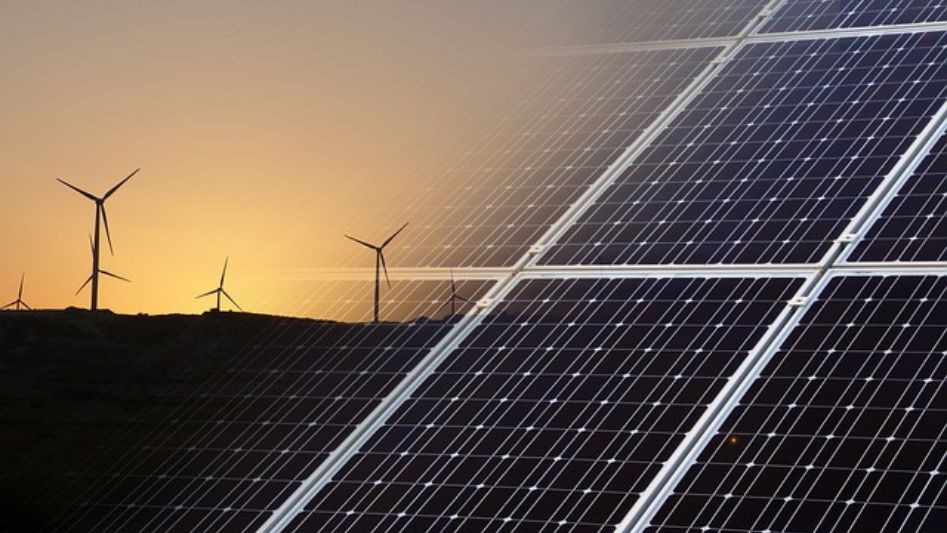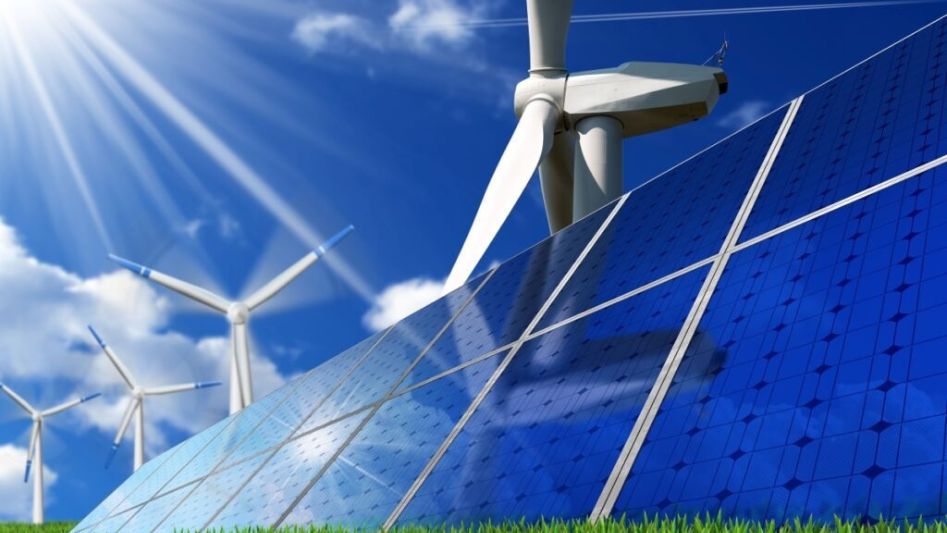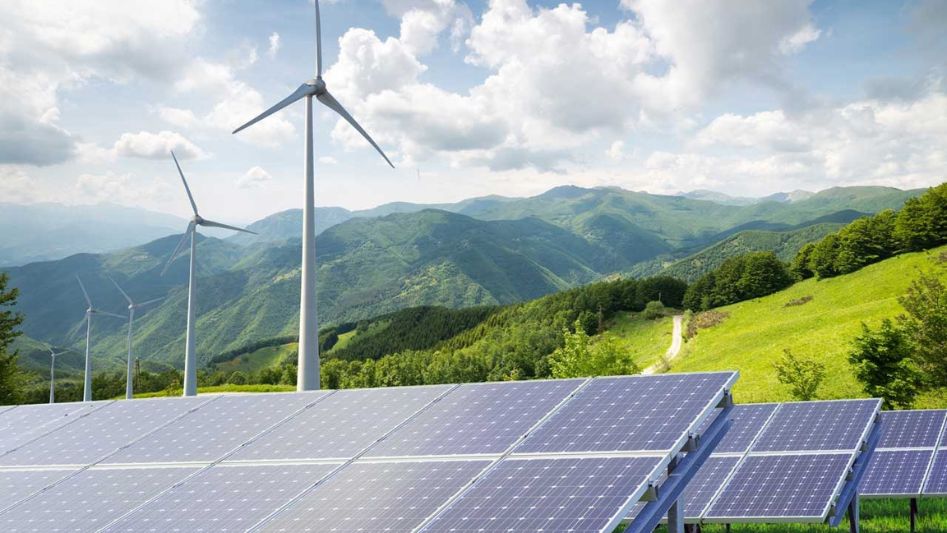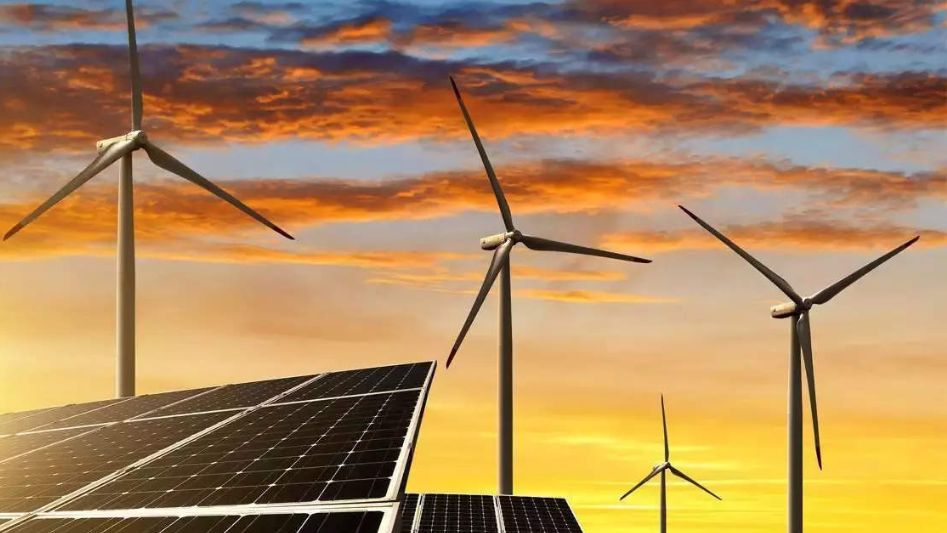In the quest for a sustainable future and reducing our carbon footprint, renewable energy sources have taken center stage. Among these, solar panels and wind turbines have emerged as two of the most promising contenders for producing clean and efficient energy. Both technologies have their merits and drawbacks, making the decision between them a complex one. In this article, we delve into the debate of solar panels versus wind turbines to determine which renewable energy source comes out on top.
Table Of Content
We invite you to read: “From Sunlight to Wind: The Green Energy Duo – Solar Panels and Wind Turbines”

1. Energy Source and Availability
Solar Panels:
Solar panels harness the power of the sun to generate electricity. They convert sunlight directly into energy using photovoltaic cells. The availability of solar energy depends on geographical location, with regions closer to the equator receiving more consistent sunlight. However, advancements in solar technology have allowed panels to generate energy even in cloudy or low-light conditions.
Wind Turbines:
Wind turbines, on the other hand, utilize the kinetic energy of the wind to produce electricity. These structures are strategically placed in areas with consistent and strong wind patterns. Coastal regions and elevated terrains are particularly suitable for wind farms. Unlike solar panels, wind turbines are dependent on wind speeds and may not generate power if the wind is too weak or too strong.
Winner: While both sources rely on natural elements, solar panels have a broader geographical applicability due to their reliance on sunlight, which is more evenly distributed across the globe compared to consistent wind patterns.
2. Environmental Impact
Solar Panels:
Solar panels have a minimal environmental footprint during their operational phase. They do not emit greenhouse gases or pollutants while generating electricity. However, the manufacturing process does require some energy and resources, and the disposal of solar panels at the end of their lifespan can pose environmental challenges.
Wind Turbines:
Wind turbines also produce very low emissions during operation. The primary environmental concern with wind turbines is their impact on local wildlife, particularly birds and bats. Additionally, the manufacturing and installation of wind turbines can have environmental implications, though these are generally outweighed by the benefits of clean energy production.
Winner: Both technologies contribute significantly less to environmental degradation compared to traditional fossil fuels, but solar panels tend to have a slightly lower environmental impact due to fewer concerns during their entire lifecycle.
3. Energy Efficiency
Solar Panels:
Solar panels’ efficiency has steadily improved over the years, allowing them to capture more energy from the sun. However, their efficiency can be affected by factors such as shading, temperature, and dust accumulation on the panels.
Wind Turbines:
Wind turbines have a higher energy conversion efficiency compared to solar panels. They can generate electricity consistently as long as the wind is blowing within the optimal range. However, like solar panels, wind turbines can experience downtime if wind conditions are not favorable.
Winner: Wind turbines have the edge in terms of energy efficiency, providing a more consistent and higher energy output compared to solar panels.
We invite you to read: “DIY: Wind Energy Set Up and Maintenance”

4. Land Usage
Solar Panels:
Solar panels require a significant amount of space to generate substantial energy. Large solar farms can cover vast areas of land, potentially leading to competition with agricultural or natural habitats.
Wind Turbines:
Wind turbines are typically built vertically and require less ground space compared to solar panels. This makes them more suitable for locations with limited land availability. However, wind turbines need to be spaced out to prevent turbulence caused by neighboring turbines, which can impact their overall efficiency.
Winner: Wind turbines are generally more space-efficient, making them a better option for regions where land is a valuable resource.
5. Reliability and Consistency
Solar Panels:
The reliability of solar panels is subject to weather conditions. Cloudy days and nighttime result in reduced energy generation. However, advancements like battery storage systems have helped mitigate the issue of intermittent energy production.
Wind Turbines:
Wind turbines can provide a more consistent energy supply as long as wind conditions are favorable. However, calm or excessively strong winds can lead to periods of lower or no energy generation.
Winner: While both technologies face intermittency challenges, wind turbines hold a slight advantage in terms of consistency due to their potential for higher capacity factors.
6. Aesthetic and Noise Considerations
Solar Panels:
Solar panels are relatively unobtrusive and can be integrated into buildings or installed in open areas without causing significant aesthetic concerns. They also operate silently.
Wind Turbines:
Wind turbines, especially large ones, can be visually imposing and create noise. This can lead to opposition from local communities, especially in areas with scenic landscapes or residential neighborhoods.
Winner: Solar panels generally have a lower impact on aesthetics and noise levels, making them more acceptable in various settings.
We invite you to read: “6 Steps for DIY Solar Panels: Installation Guide”

Conclusion
In the showdown between solar panels and wind turbines, there is no clear winner that suits all scenarios. Both technologies have their strengths and weaknesses, and the choice between them depends on factors such as geographical location, energy needs, available resources, and local considerations.
Solar panels are versatile, have a lower environmental impact, and are well-suited for areas with ample sunlight. Wind turbines, on the other hand, offer higher energy efficiency, making them ideal for regions with consistent and strong wind patterns.
FAQs
Which is more efficient, solar panels or wind turbines?
Wind turbines generally have a higher energy conversion efficiency compared to solar panels, providing a more consistent and higher energy output.
Are solar panels or wind turbines better for the environment?
Both technologies have low environmental impact during operation, but solar panels tend to have a slightly lower overall impact due to fewer concerns throughout their lifecycle.
Can solar panels work at night or on cloudy days?
Solar panels generate electricity from sunlight, so their output is reduced on cloudy days and at night. Battery storage systems can help mitigate this intermittency.
Do wind turbines produce noise and visual pollution?
Wind turbines can create noise and be visually imposing, which might lead to opposition in certain areas. Solar panels are quieter and have a lower visual impact.
You May Also Like
- The Long Road to Vertical Axis Wind Turbines (VAWT)
- What Are The Best Solar Panels If You Don’t Have Roof Space
- The Great Clean Energy Acceleration: All You Need to Know
- Wind Energy Turbines History
- Windmill vs. Wind Turbine: What’s the Difference?
External Links
- 7 Interesting Facts About Solar Panels
- Which renewable energy is better, wind or solar?
- Solar Vs. Wind Energy: Which is Better for Powering Your Home? – Nexamp
- Which Renewable Energy Sources Are Most Reliable?
- Advantages and Challenges of Wind Energy
- Which Energy is More Efficient Solar or Wind Energy?

